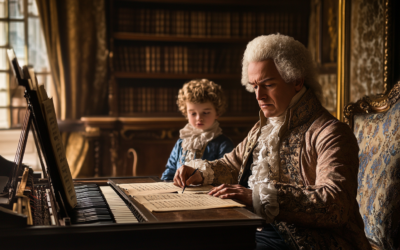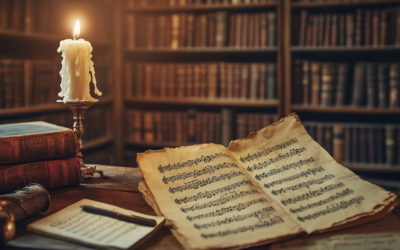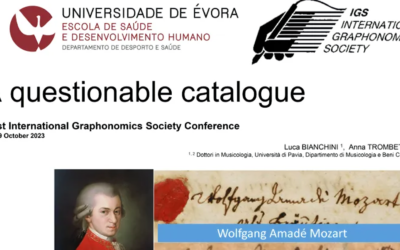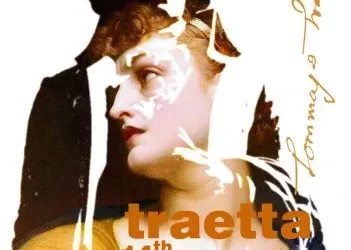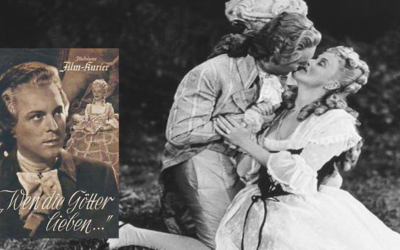The Contradictions Behind Mozart’s Horn Concerto K.412
A Scrutiny of Authorship and Misleading Attribution
The authenticity of Mozart’s Horn Concerto K.412 remains hotly debated, as the work bears numerous contradictions in its manuscript history.
The first movement may be original, but what about the rest?
The inclusion of Franz Xaver Süssmayr and later editorial meddling raises serious questions about what we are really listening to when we hear this ‘Mozart’ concerto.
Despite these glaring contradictions, modern performances persist in pairing K.412 and K.514, presenting them as an organic whole.
This practice reveals a troubling disregard for historical accuracy. Far from being the “masterpiece” it is often claimed to be, the work is an assemblage of fragments—some of which may not even belong to Mozart.
In light of this, it’s difficult to justify the continued celebration of K.412 as a shining example of Mozart’s genius. The truth, as always, is far more complex.
Mozart: The Fall of the Gods
This book compiles the results of our studies on 18th-century music and Mozart, who has been revered for over two centuries as a deity. We dismantle the baseless cult of Mozart and strip away the clichés that falsely present him as a natural genius, revealing the contradictions in conventional biographies. In this work, divided into two parts, we identify and critically analyze several contradictory points in the vast Mozart bibliography. Each of the nearly 2,000 citations is meticulously sourced, allowing readers to verify the findings. This critical biography of Mozart emerges from these premises, addressing the numerous doubts raised by researchers.
"The so-called 'Horn Concerto' we hear today is a patchwork of ideas, some Mozartian, others not. It's time we reconsider how much of this music truly belongs to the man himself."
Mozart: The Fall of the Gods
A Disputed Legacy
The authenticity of works attributed to Mozart has been a persistent topic of discussion among scholars. Many compositions that bear his name are, in fact, merely copies or printed versions, raising doubts about their true origins. Even when an autograph exists and has been authenticated as Mozart’s handwriting, questions remain. This is precisely the case with Concerto for Horn and Orchestra K.412, a composition that has long been played under Mozart’s name but may in fact be yet another clever fabrication.
While the autograph of K.412 is held in Krakow’s library, and the NMA (Neue Mozart-Ausgabe) deems it authentic, the reality is more complex. The concerto consists of two movements, the first of which is complete, while the second— a rondo—remains fragmentary. There is also a spurious full version of this rondo, listed as K.514, which has been dubiously attributed to Mozart’s assistant, Franz Xaver Süssmayr. It raises the question: how much of this music is truly Mozart’s?
An Incomplete Work
Significantly, there is no slow movement, and no evidence suggests that one was ever composed or even planned. Mozart never included K.412 in his own catalogue, likely because the work remained incomplete during his lifetime. Despite this, the concerto is regularly performed alongside the artificial K.514 version, misleading audiences into believing they are hearing an authentic Mozart composition.
Intriguingly, the manuscript for K.412 bears an annotation by the publisher André, who acquired the manuscript from Constanze Mozart, dating it to 1782. However, Alan Tyson’s analysis of the paper used for the autograph reveals that it was not employed by Mozart until 1786—four years later than originally claimed. This is the same paper used for The Marriage of Figaro, which places the concerto much later in Mozart’s life than Constanze or André suggested. Tyson further concluded that the first movement and the incomplete rondo were likely written between 1789 and 1791, near the end of Mozart’s life.
The Leutgeb Connection
Mozart’s close relationship with Joseph Leutgeb, the horn player for whom this concerto was ostensibly written, adds another layer to the story. Leutgeb had been a loyal companion of the Mozarts during their Italian tours and was deeply connected to the family. Despite his talents, Leutgeb struggled financially and relocated to Vienna in 1777 in search of better prospects. His friendship with Mozart remained strong, as evidenced by numerous anecdotes, including those involving The Magic Flute, where Leutgeb attended performances with Constanze.
However, the annotations in the K.412 score—written by Mozart himself—offer a more humorous, and perhaps vulgar, insight into their relationship. The composer’s scribbles between the staves reveal his jesting attitude towards Leutgeb’s playing, with phrases like “Signor Asino” and “Oh, maledetto!” providing a window into the playful (and, at times, coarse) banter between the two. These comments, often censored in modern editions, suggest a more personal and, frankly, less flattering view of this so-called masterpiece.
A Controversial Rondo
One of the most contentious aspects of this work is the Rondo in K.514, often attached to performances of K.412. This rondo, long considered part of the concerto, was not written by Mozart at all but by his assistant, Süssmayr. Yet it continues to be performed under Mozart’s name, a practice which defies the principles of musicological integrity.
Musicologists like Benjamin Perl have pointed out the stark differences between the first movement of K.412 and other mature works by Mozart. Perl highlights the incongruent harmonic language, inconsistent orchestration, and unusual use of chromaticism in the score. These details further complicate any attempt to attribute the work solely to Mozart, particularly when one considers that the final sections may not even be his.
You May Also Like
K.143: A Recitative and Aria in the Shadows of Doubt
K.143 is a prime example of how Mozart scholarship has turned uncertainty into myth. With no definitive evidence of authorship, date, or purpose, this uninspired recitative and aria in G major likely originated elsewhere. Is it time to admit this is not Mozart’s work at all?
The Enigma of Mozart’s Symphony K.73
The Symphony in C Major K.73 has long puzzled Mozart scholars. Touted as a youthful work of prodigious talent, its origins are murky at best. The title “Symphony,” inscribed on the first page of the autograph, is devoid of the composer’s name, casting immediate doubt on its attribution to Wolfgang Amadeus Mozart. Was this truly his work, or is the Symphony yet another victim of overzealous attribution?
Mozart’s Thematic Catalogue Exposed as a Forgery
A groundbreaking forensic analysis reveals that Mozart’s thematic catalogue, long thought to be his own work, is a posthumous forgery. This discovery, detailed in Mozart: The Construction of a Genius, turns centuries of Mozart scholarship on its head, demanding a re-examination of his legacy.
Bologna Connections
Quirino Gasparini’s rediscovered Mitridate aria takes centre stage in Bern and Basel, shedding light on Mozart’s reliance on this forgotten composer.
International Traetta Award
We are thrilled to announce that the 14th International Traetta Award has been bestowed upon Anna Trombetta and Luca Bianchini. This prestigious recognition honours their outstanding dedication to musicological research on primary sources of the European musical repertoire, offering significant contributions to reshaping the historiography of 18th-century music.
A Legacy Rewritten by the Shadows of History
Mozart’s image, often regarded as a universal symbol of musical genius, was heavily manipulated by the Nazi regime, a fact largely ignored in post-war efforts to “denazify” German culture. From propaganda-driven films to anti-Semitic narratives, Mozart’s legacy is far more complex and troubling than we are often led to believe.


